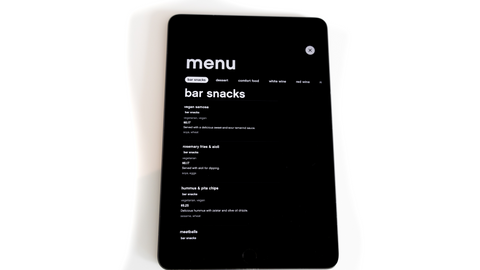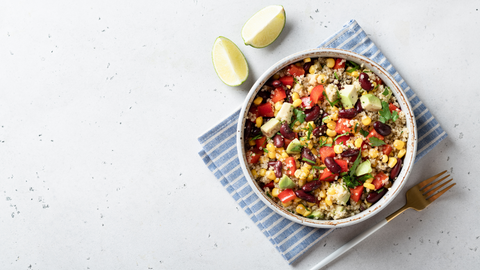7 Tips For Ordering Plant-Based at Your Favorite Restaurants

Switching to a plant-based lifestyle is a major lifestyle change. I contend that being successful with this change is 90% mindset and 10% education.
Whole food plant-based concepts are easy to understand, but navigating the marketplace takes some time to learn. Perhaps the biggest challenge comes from learning how to order plant-based at your favorite restaurants.
I encourage you, however, to replace the word “challenge” with the word “opportunity.” Switching culinary styles opens a world of discovery for your palate.
With a little practice and persistence, you will begin to identify two or three favorite plant-based options at each of your favorite restaurants. You will lack for nothing, and you will impress your friends and family. They may get curious about your new lifestyle, encouraging an opportunity to educate your most beloved.
When exploring plant-based options at various restaurants, have a general idea of how healthy you plan to be before looking at the menu and don’t let perfection be the enemy of good. Healthy social connections are an important part of holistic health.
If you are eating whole-plant foods for most meals, occasionally eating a little bit of refined grains or oil at a restaurant with friends may not be such a bad thing.
Here are seven things to keep in mind for ordering plant-based food at your favorite restaurants:
1. Look at the menu in advance

By checking the menu online, you may determine that there are just not going to be any good options for you. This can save you a lot of time and trouble. If you do see a lot of possibilities, then you can arrive at the restaurant knowing what questions you need to ask.
2. Be patient with your server

Remember that both ethical veganism and the plant-based-for-health movement are no longer on the fringe. Restaurant employees are used to answering questions about plant-based options. But even though this style of eating is becoming increasingly mainstream, they may still need a little bit of education from you.
Use terms that they recognize. Instead of using the term “vegan,” you can tell them no animal products, or more specifically, no meat, dairy, or eggs.
3. Substitute a lot

Swapping ingredients is a key to successful plant-based eating. For example, many menus have offerings in which you select your “protein” option, with these options always being meat. As you know, “meat” is not a synonym for “protein.”
At Mexican restaurants, beans can often be substituted for meat, and avocados (or the slightly less healthy guacamole) is a creamy substitute for cheese and sour cream.
At Asian restaurants, tofu is usually available to replace meat.
At Italian restaurants, marinara can replace meat sauce and spaghetti with meatballs.
To make your marinara offering chunkier, ask your server for steamed broccoli and whole tomatoes to be added to your pasta dish.
4. Remove refined grains altogether

Some restaurants do not have options for whole grain rice, pasta, or wraps. In these situations, consider leaving these grains out altogether.
Burritos and wraps can be served in bowls without the shells. If leaving out white rice, don’t be afraid to ask for more beans or veggies, or ask if they can add quinoa instead. Remember, if you are eating primarily whole-plant food, you can consume a lot by volume with only a moderate caloric intake.
5) Take advantage of salad options and salad bars

This speaks for itself.
For optimal nutrition, look for colorful salads with dark, leafy greens. Replace meat with beans and other legumes, avocados, more of your favorite veggies, or even fruit. Many dressings are full of dairy, oil, sugar, and sodium. Vinaigrettes are usually good dairy-free options.
6. Watch out for hidden ingredients

For example: bread may have milk or whey; soup may have chicken broth; refried beans may have lard; Asian cuisine may have fish sauce; Indian cuisine may have dairy.
Ask a lot of questions. Sometimes, servers will bring the ingredient list to you. Read carefully and thank them for their effort.
7. Tip your servers well

By default, you are now an ambassador for a healthy, compassionate, environmentally-friendly lifestyle. Be very intentional in expressing your gratitude, including with your money. Tip with a joyful heart so that you may leave a good impression. Your generosity will come back to you!
